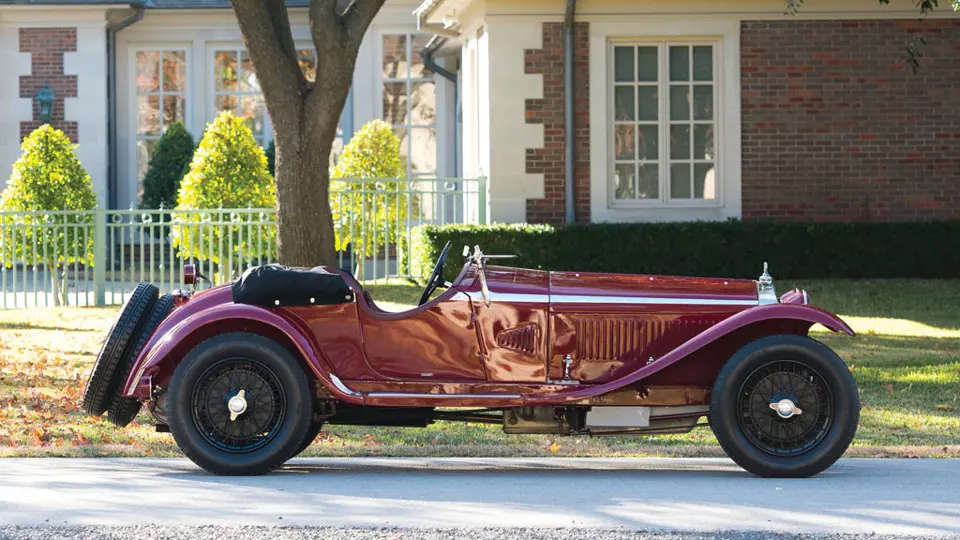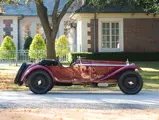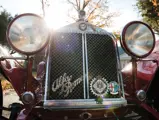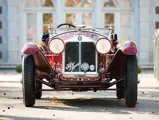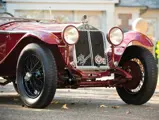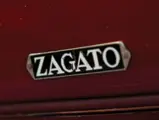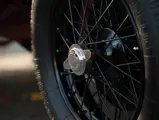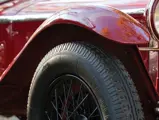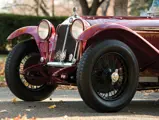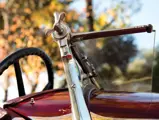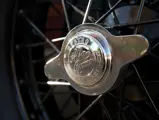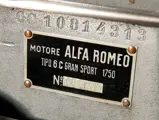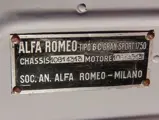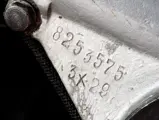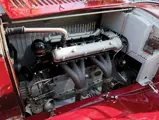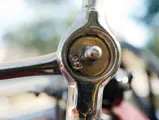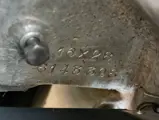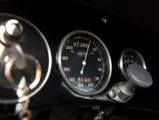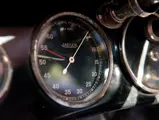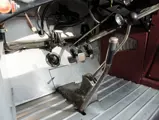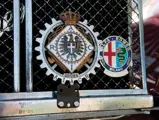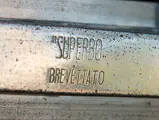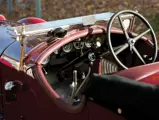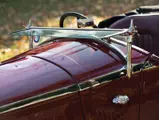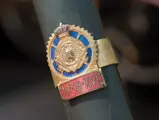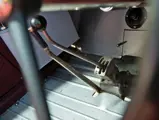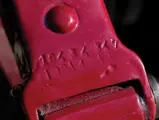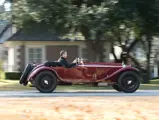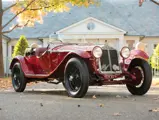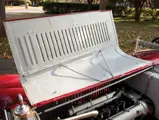
1931 Alfa Romeo 6C 1750 Gran Sport Spider by Zagato
{{lr.item.text}}
$2,420,000 USD | Sold
{{bidding.lot.reserveStatusFormatted}}
- The 13th of approximately 106 fifth-series Gran Sports produced
- One of 76 examples built for 1931
- Comprehensive restoration completed in 2009
- Exhibited at the 2012 Pebble Beach Concours d’Elegance
- Overwhelmingly original example with numerous matching body stamps and parts numbers
- A racing legend built on the triumphs of such Alfa greats as Tazio Nuvolari and Achille Varzi
85 bhp 1,752 cc DOHC supercharged inline six-cylinder engine with a Memini carburetor, four-speed manual transmission, front and rear live axle suspension with leaf springs, and four-wheel mechanical drum brakes. Wheelbase: 108 in.
As the world of motorsports evolved during the early 1920s, FIAT continued to dominate grand prix racing, but they soon watched many of its brightest and most talented employees hired away by the competition. Perhaps no loss was more significant than that of engineer Vittorio Jano, who not only demonstrated a mastery of technical design but also supervised field testing, contributed to race strategies, and even occasionally worked with pit crews. While his exodus from FIAT in late 1923 marked a downturn for the Turin firm’s fortunes, it was a coup de grâce for Alfa Romeo, whose team manager, one Enzo Ferrari, had personally recruited the young engineer.
Jano was immediately charged with developing Alfa’s new grand prix car, the P2, and the model’s smashing run of victories overwhelmingly justified his hiring. In 1926, Jano succeeded Giuseppe Merosi as Alfa’s head of design, and he then set to work on a touring car that was centered around a brand-new overhead-cam, 1.5-liter, inline six-cylinder engine. The 6C 1500 officially entered production in 1927, and the Sport version, which became available a year later, featured a twin overhead cam that raised power by 10 to a brisk 54 horsepower. (This motor would become the conceptual basis for the evolution of small-displacement dual-cam engines that defined Alfa’s greatest cars over the following four decades.) Both Normale and Sport versions rode wheelbases of 114 inches and were generally clothed in saloon or four-seat tourer coachwork.
In 1929, the 6C 1500 Super Sport was introduced, and it featured two-seat spider coachwork and an optional Roots supercharger, which increased power to 76 horsepower. These cars were produced in very small numbers during the two series of 6C 1500 production, which lasted until late 1929, when the engine displacement was enlarged to 1,752 cubic centimeters.
The resulting 6C 1750 was produced in four more series of gradual improvements over the following six years, soon distinguishing itself as one of Alfa Romeo’s most important models. While nearly 2,600 examples were made in total, many of these cars were equipped as the single-cam Turismo version (the replacement for the Normale) and were built on Alfa’s long 122-inch chassis. A minority of these cars were classified as Sport models, which were built on 114-inch chassis and equipped with the twin-cam 1750 engine. Most of these cars were clothed with Alfa saloon coachwork and were soon more appropriately renamed Gran Turismo.
This distinction paved the way for the Super Sport examples, which rode the shorter 108-inch wheelbase and were available with finned alloy superchargers and intake manifolds. Perhaps most importantly, these cars were coachbuilt to individual customer order by firms like Zagato, Castagna, and Touring.
In 1930, the Super Sport name was updated to Gran Sport, and these cars featured an ingenious sloping radiator that not only gave the car a more rakish appearance but also functionally increased the surface area of the radiator for improved cooling. The 6C 1750 Gran Sport Standard was equipped with the Roots supercharger, which developed an unprecedented 85 horsepower, and approximately 106 examples were produced before the introduction of the sixth and final series of cars in 1933.
In factory competition form, the 6C 1750 firmly thrust Alfa Romeo into the winner’s circle, making it arguably more successful than any Alfa model to date. With five major victories in 1929 alone, including Giuseppe Campari’s triumph at the Mille Miglia, the 6C 1750 took the top three places at the 1930 Tourist Trophy and the 1930 Mille Miglia, the latter of which constituted an epic duel between legendary drivers Achille Varzi and Tazio Nuvolari.
CHASSIS NUMBER 10814313
“Find the [correct] rhythm, and the Alfa becomes as easy and well-mannered as a sports car 30 years its junior,” wrote Mark Dixon in the February 2015 issue of Octane magazine, after he had tested the 6C 1750 Gran Sport Spider that had been produced just one chassis number after the feature example offered here. “Straightaway, it’s clear why this car was such a natural for road racing. It doesn’t matter whether you’re going fast or slow; the steering is always light and super sharp.”
After describing how “the higher-pitched sounds of the supercharger and gearbox…assault your ears,” Dixon added, “The exhaust produces a wonderfully rorty hot-rod beat,” and “torque is remarkable good.” He summarizes, “There aren’t many cars of this vintage that feel so satisfying in every respect. If you want a quality pre-war sports car that’s challenging but not difficult, exhilarating without being exhausting, then a 6C 1750 makes a convincing statement.”
Although factory records of chassis number 10814313 were destroyed during World War II, it is very likely that the Alfa was constructed during March or April of 1931, as most of the cars in close proximity within the chassis sequence were issued certificates of origin around this time. According to the data of Luigi Fusi and Roy Slater’s in the seminal 1968 book on the 6C 1750 model, the car is the 13th of approximately 106 examples of the fifth-series 6C 1750 Gran Sport and one of still fewer clothed in Zagato’s famous spider coachwork.
The car was reportedly first registered in Switzerland in 1933, but by the late 1940s, it was owned by a student in Geneva named Lucien Dorier. According to an original Swiss title printed on silk, Mr. Dorier sold the 6C in June 1950 to Guido Arioli, a salesman living in nearby Tinizong. The car is believed to have lived the majority of its life in Switzerland, and by the 2000s, it was owned by collector Peter Groh, who had commissioned a substantial restoration, which began in 2005.
Ivo Buschor, of Schocherswil, Switzerland, was retained to rebuild the engine, carburetor, gearbox, clutch, steering column, axles, and brakes, with additional work being performed on the fuel and electrical systems. The body and cockpit were disassembled, rebuilt, and refinished, the instrument panel was refurbished, and the seats were reupholstered. The restoration was completed in April 2009, and according to invoices, it totaled over 100,000 Swiss francs, with the result being a masterfully presented, concours-worthy vintage speed machine.
When the Alfa was acquired by the consignor in 2011, it was finally removed from its long-time home in Switzerland and imported to the United States. The Gran Sport’s importance, rarity, and correctness of restoration were confirmed when it was accepted and presented at the 2012 Pebble Beach Concours d’Elegance, where it competed in the European Classic: Sports Racing class. Although sparingly used by the current owner, the Alfa has been periodically driven to maintain freshness, and it has recently received a fluid top-off and basic service to ensure strong operating quality for the next caretaker.
The Alfa retains a number of original components and markings, including the original chassis identification plate, engine number stampings, and crankcase stamping. The numbering of the Memini carburetor, front axle, rear axle housing, and CWP gear carrier also suggest that these components are original. The body number 917 is clearly stamped on the windscreen and hood-hinge, as well as the floorboards and in fascinating pencil markings on the inside of the wooden door panels and trunk lid. The car is also accompanied by its original owner’s manual.
Chassis number 10814313 is a sensational example of a verifiable racing legend, and one of Alfa’s most esteemed and significant pre-war automobiles. With its beautiful open coachwork, stout mechanical prowess, and impressive competition pedigree, there is little wonder that the 6C 1750 Gran Sport Spider has grown to be a darling of top-tier concours d’elegance and a favorite among discerning collectors and Alfa purists. Well-maintained examples are reputed to be highly rewarding driver’s machines that are abound in light, connected steering, impressive road handling, and plenty of supercharged power, provided by its center-positioned accelerator pedal.




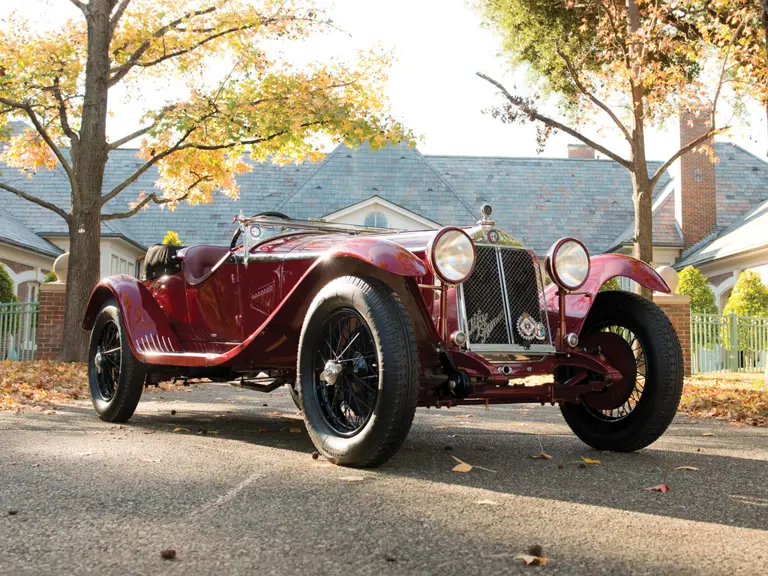
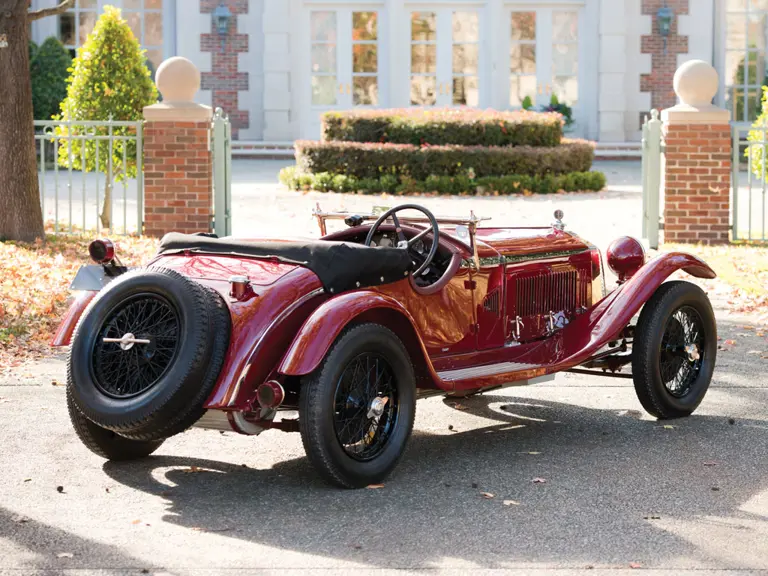
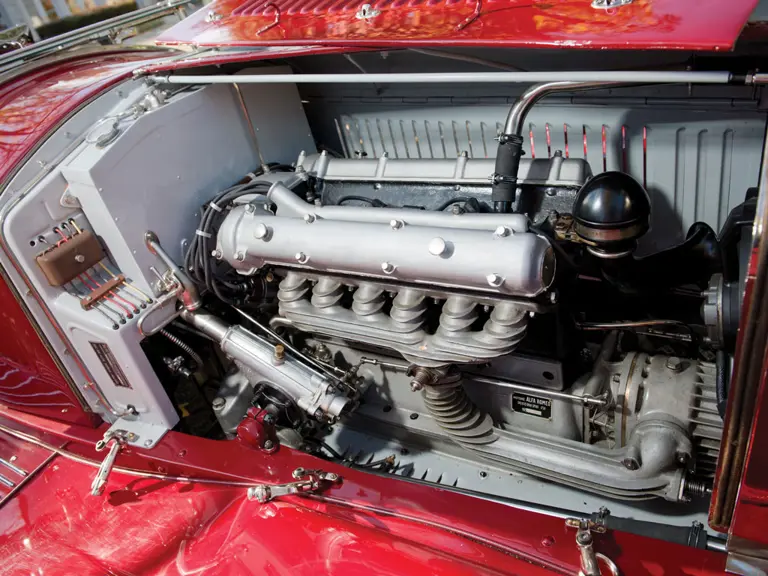
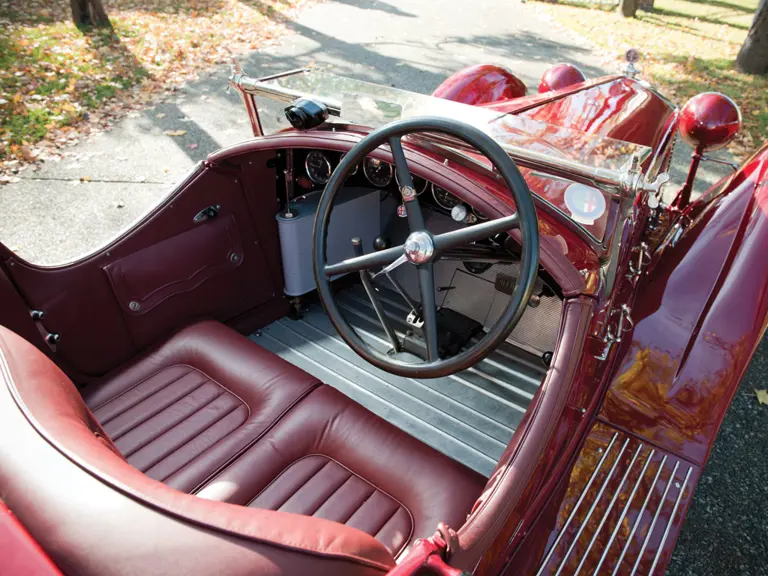

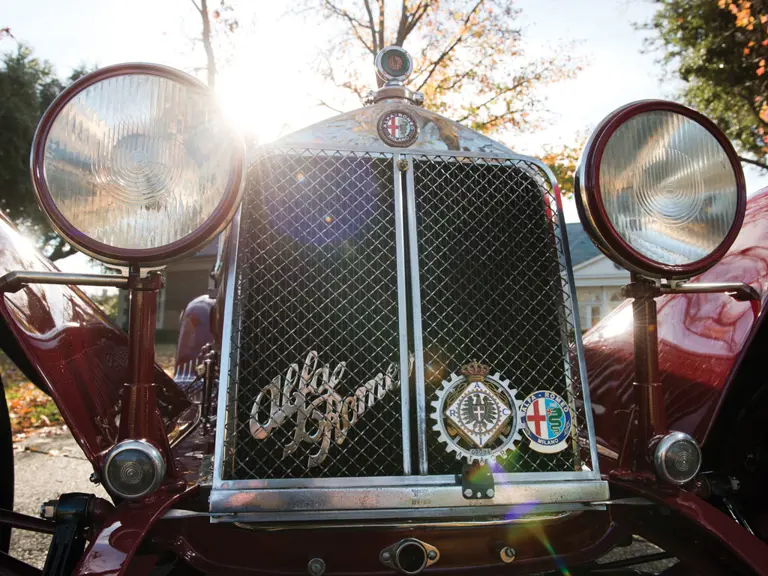
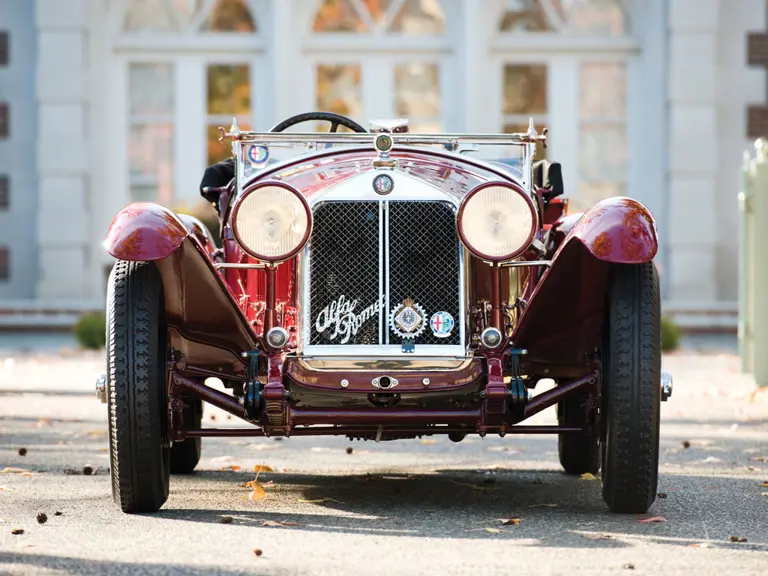
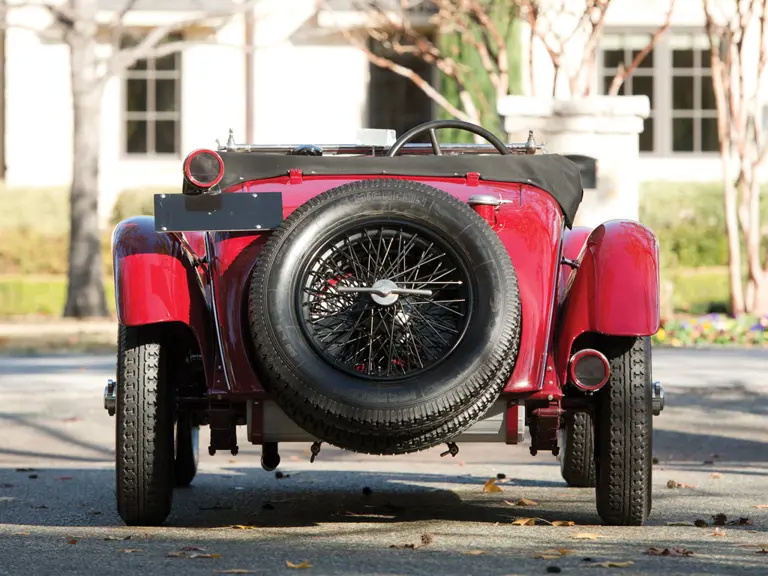

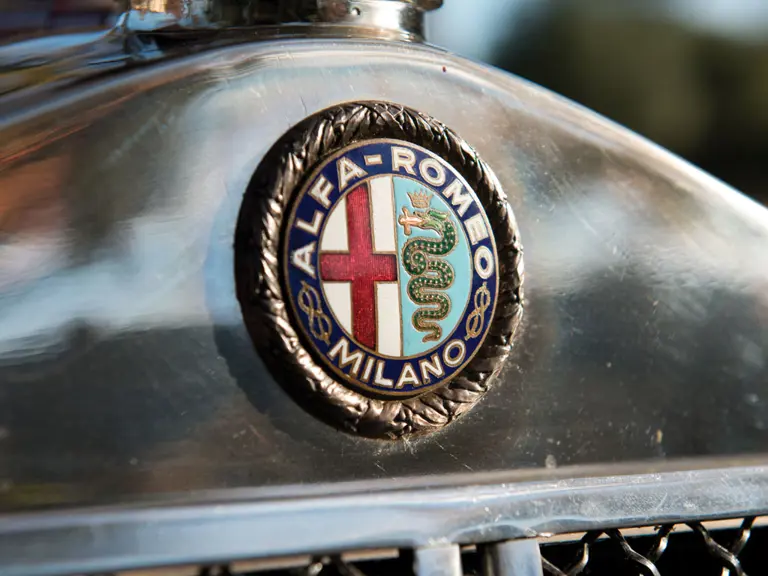

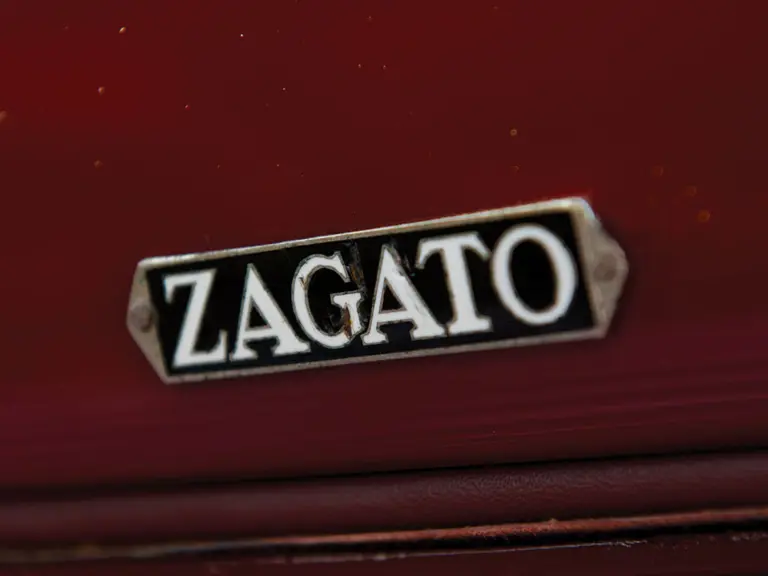
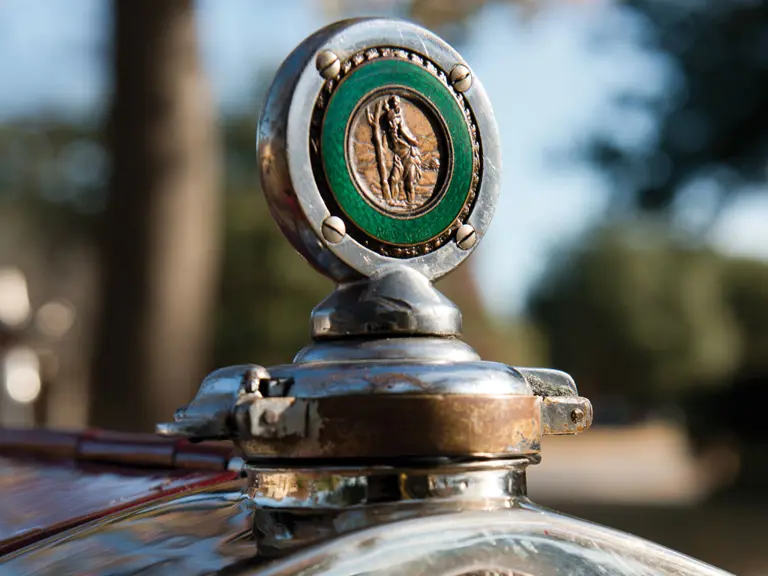
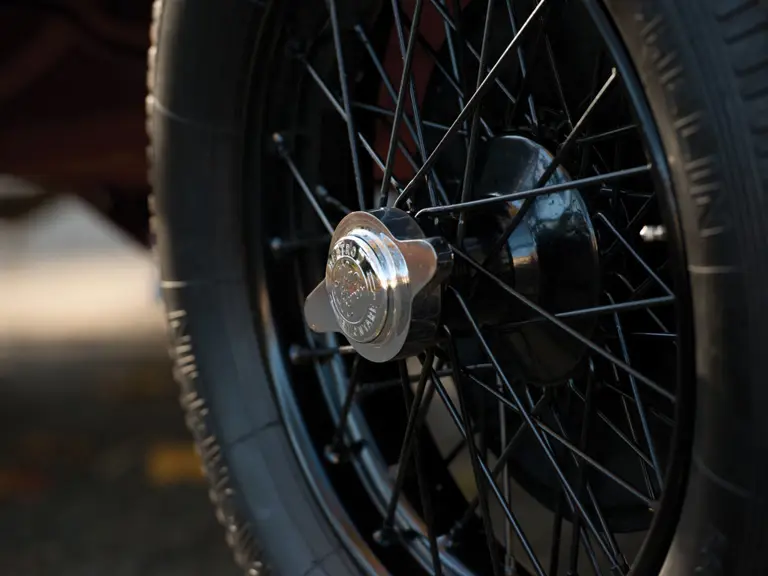
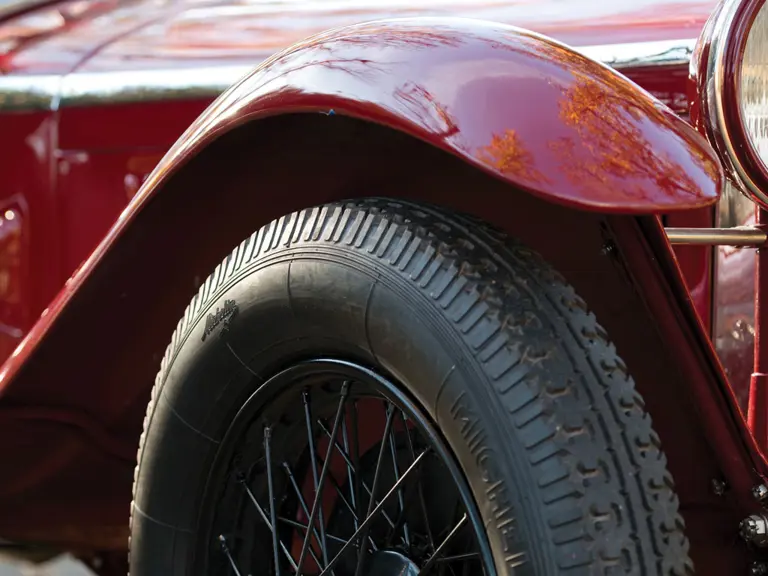

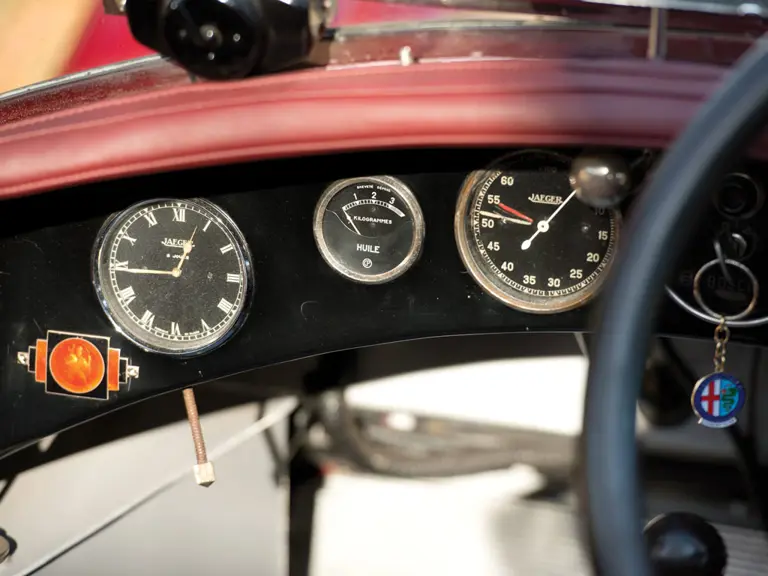

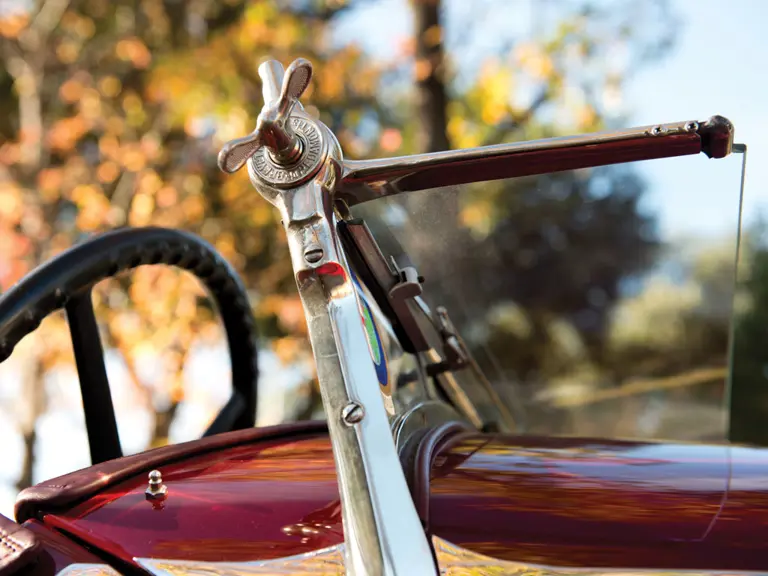
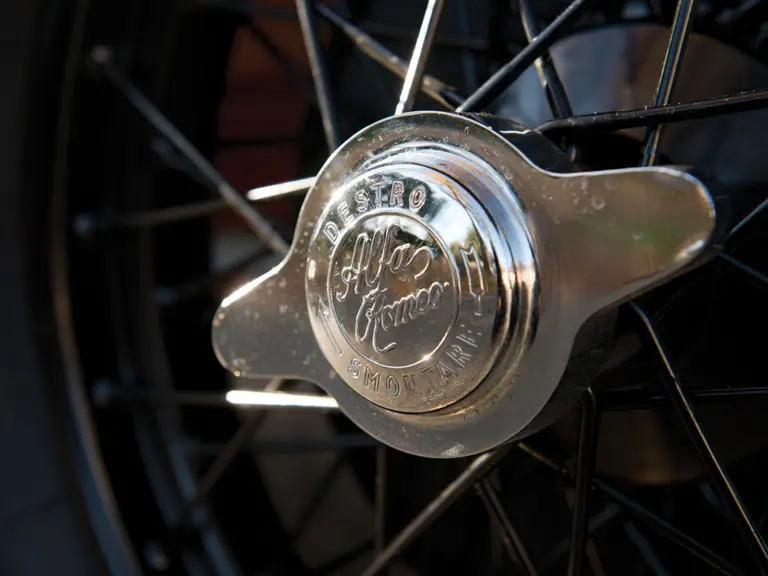
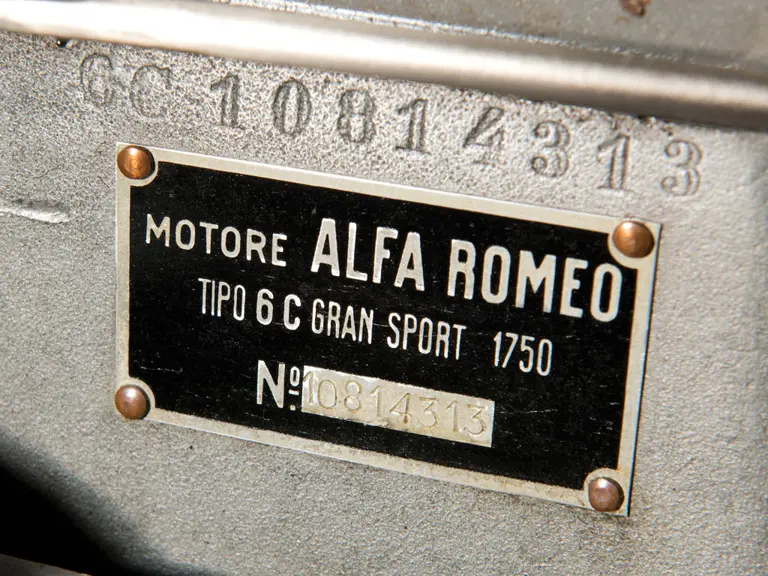
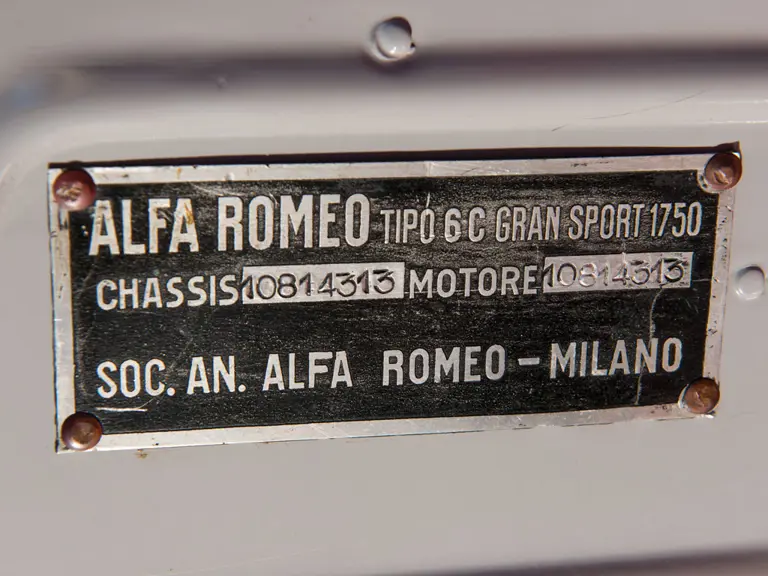
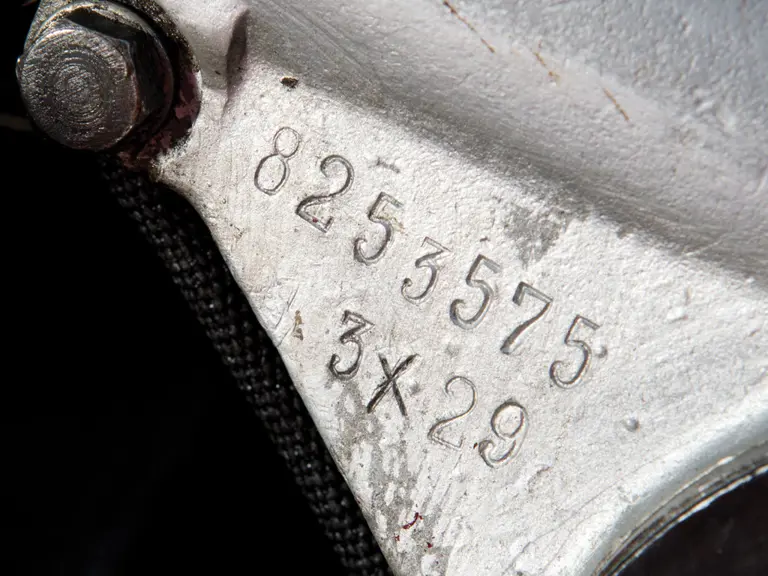
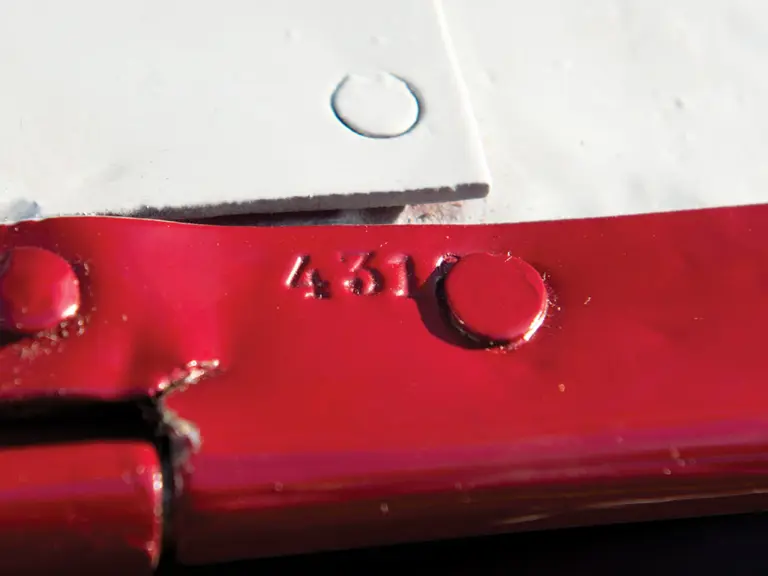
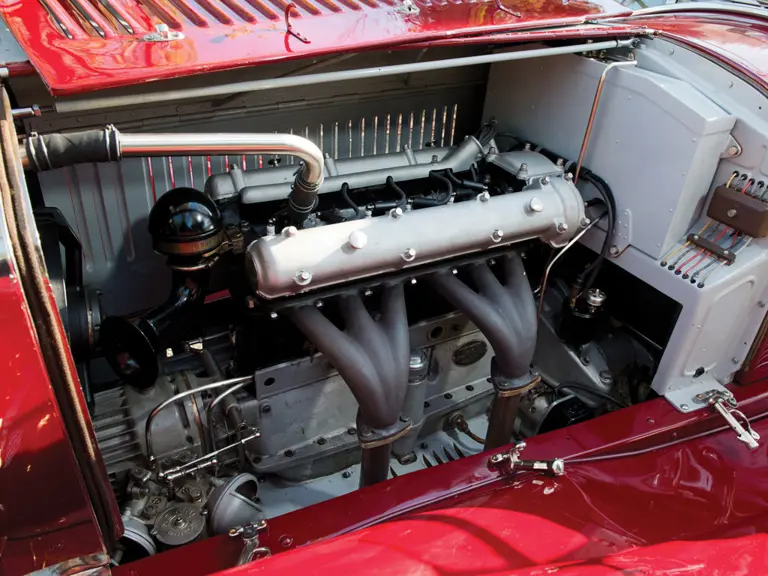
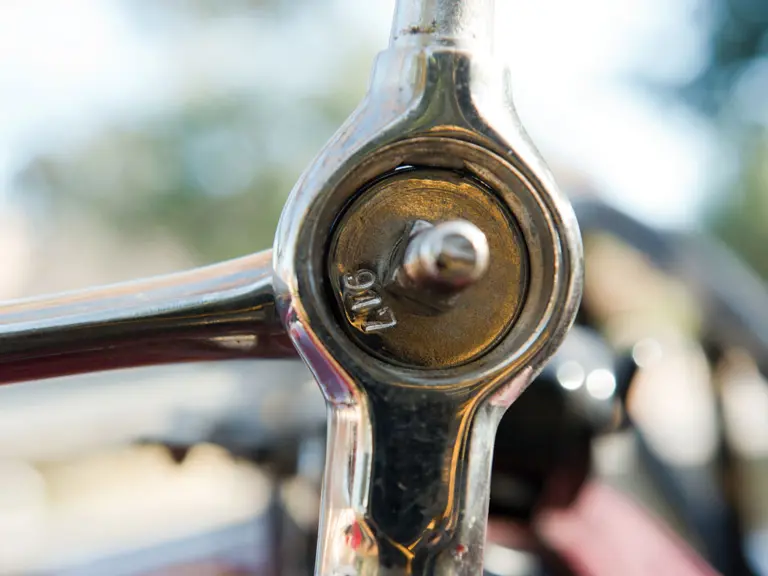
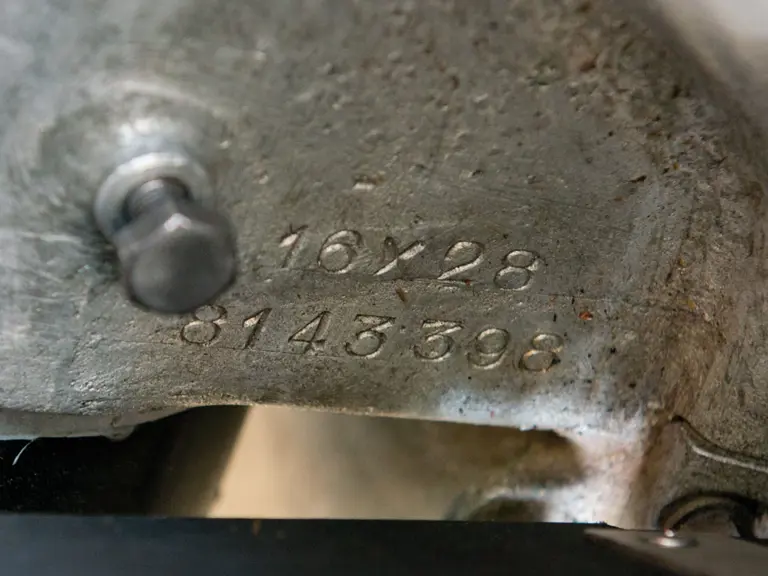
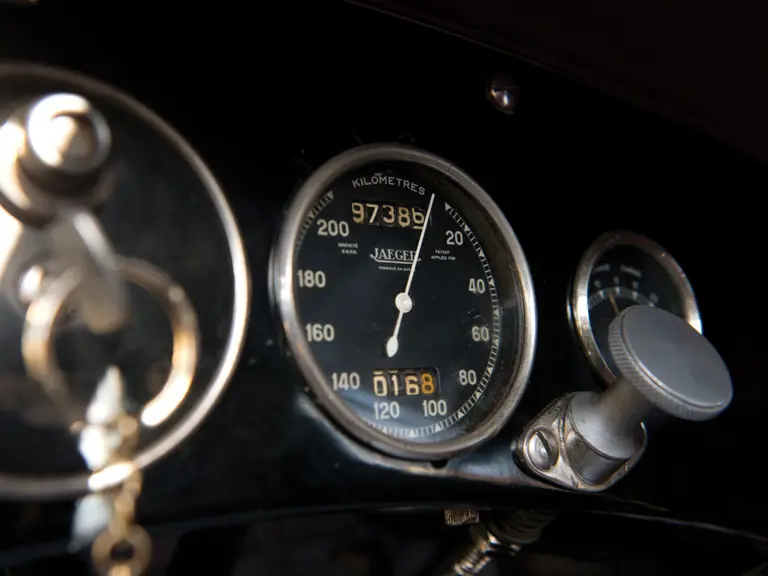
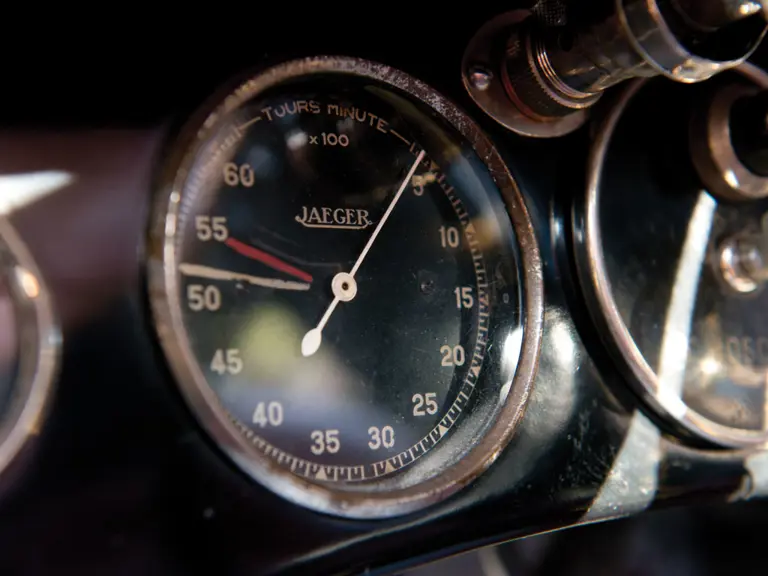
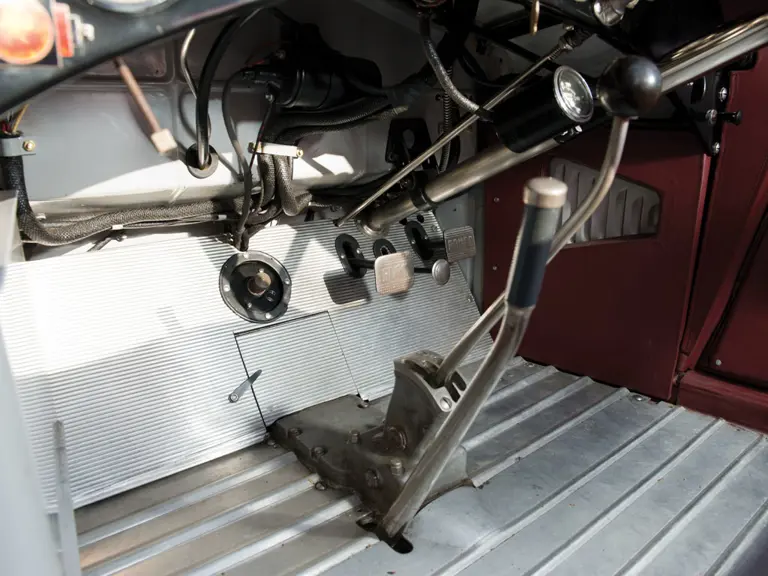

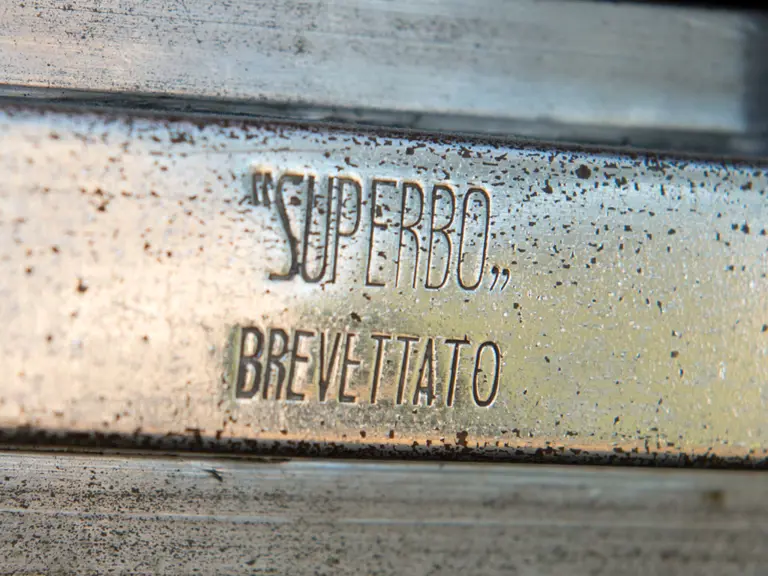
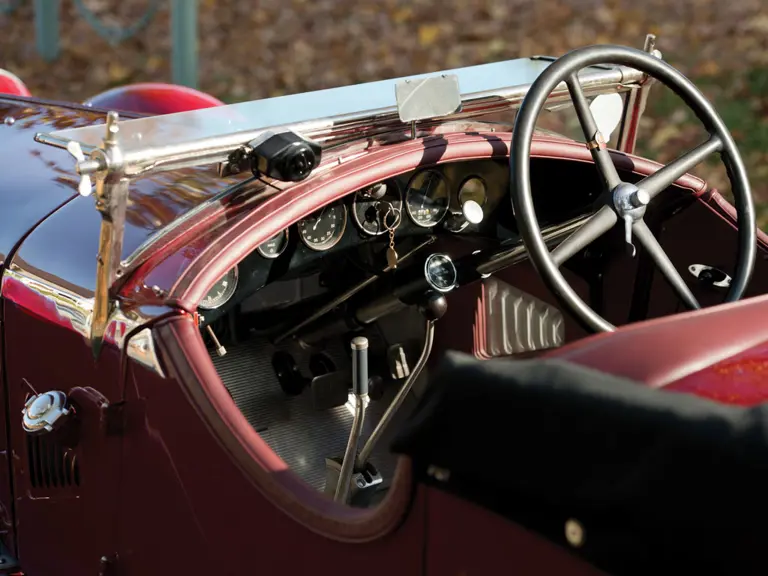
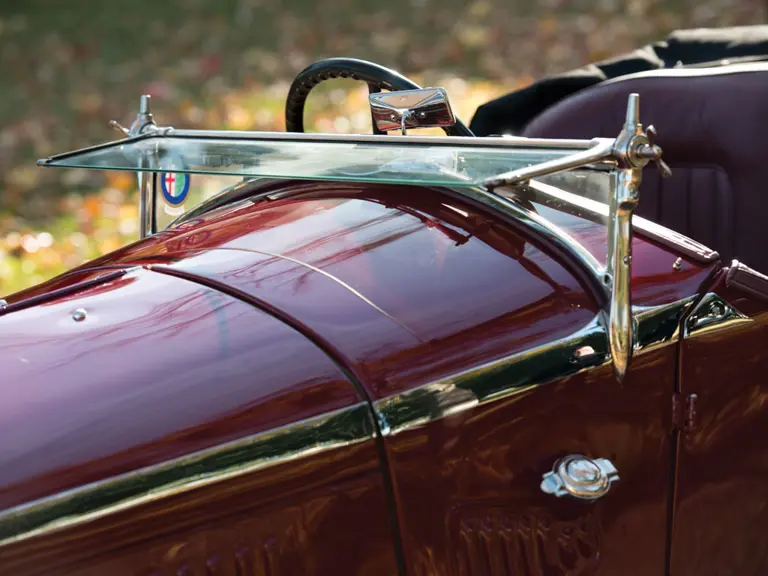
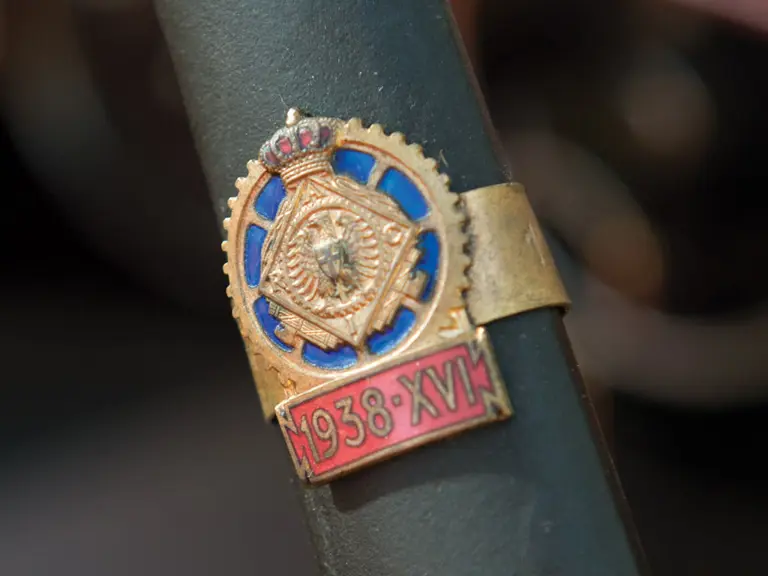
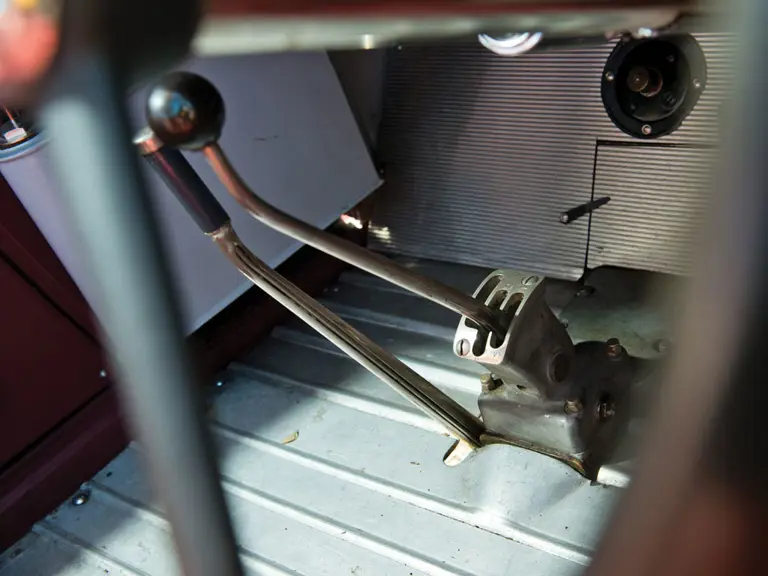
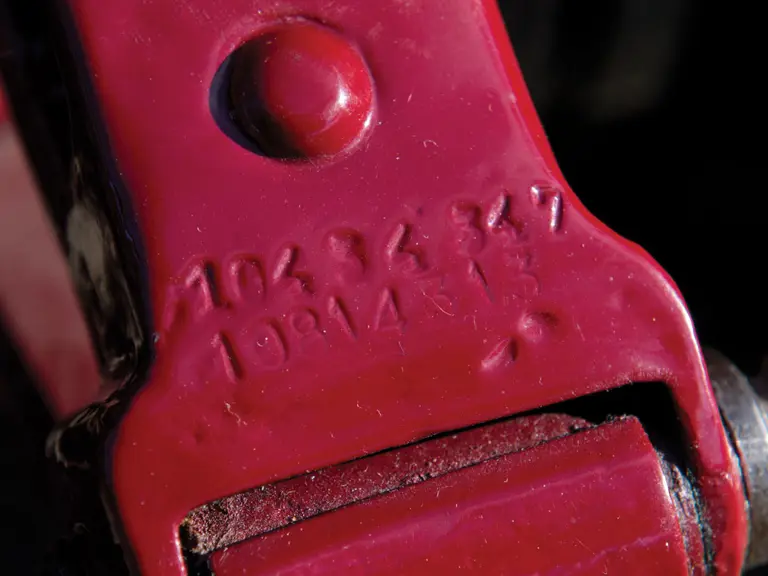
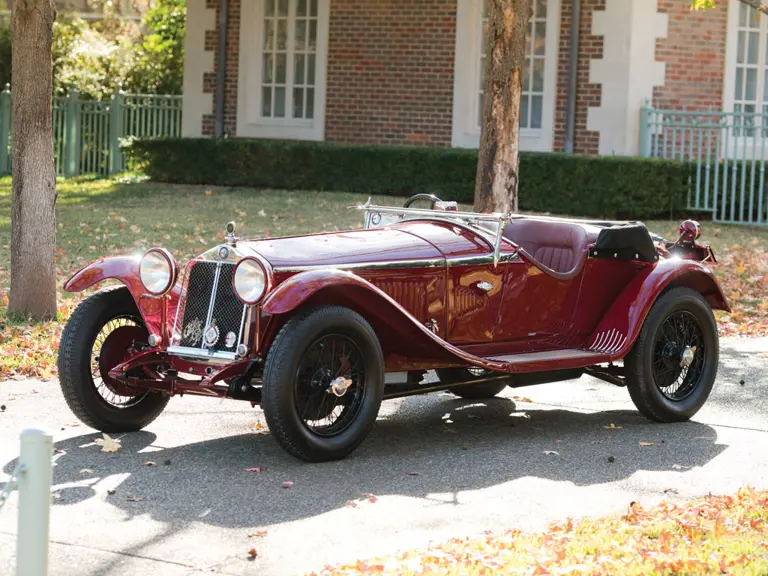
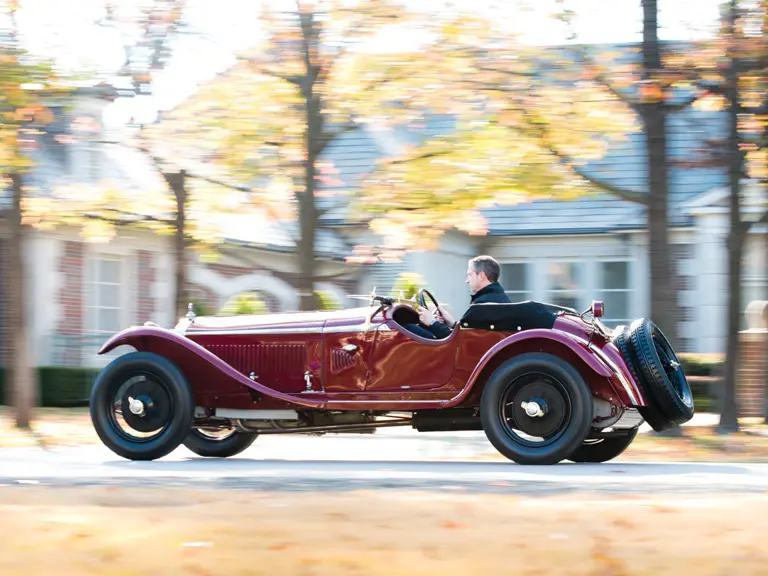
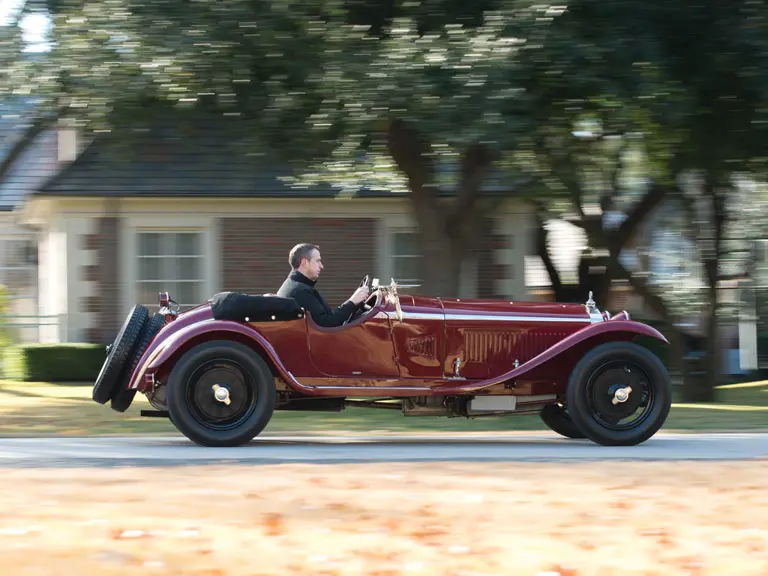
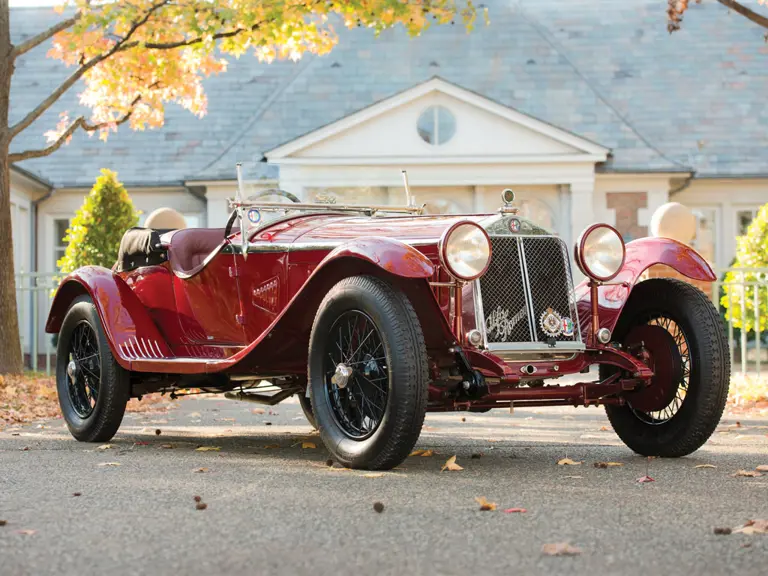
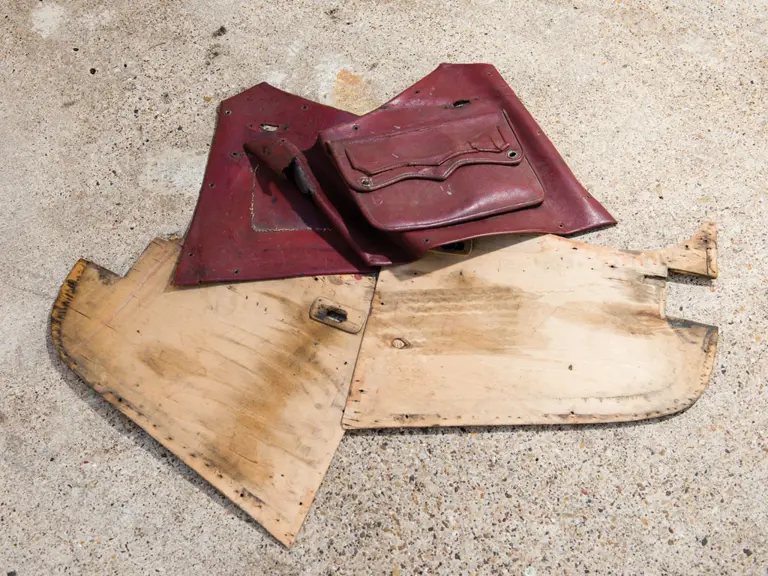
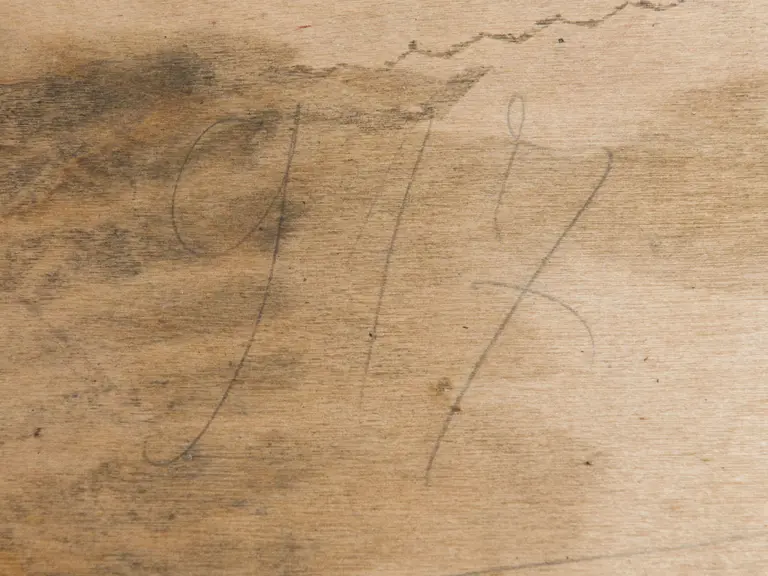
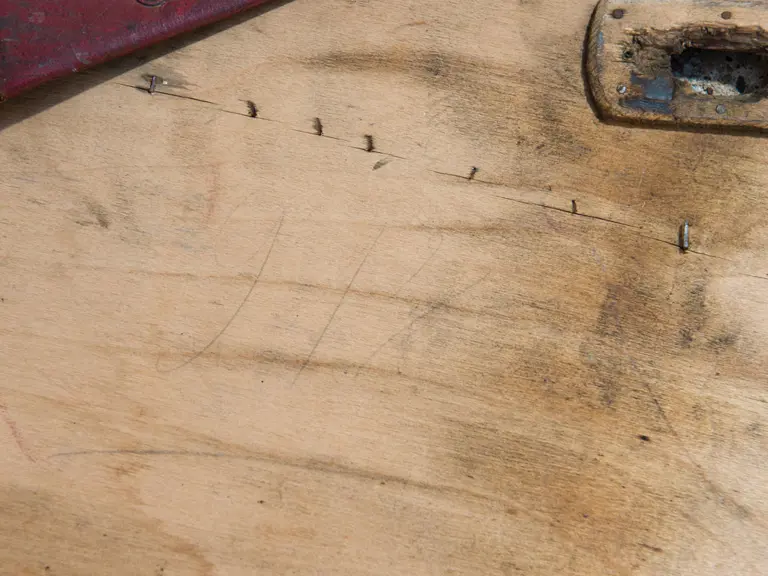

 | Amelia Island, Florida
| Amelia Island, Florida
